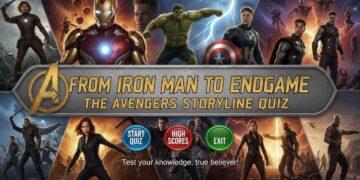Turn raw project notes into a persuasive story arc. You’ll map problems to solutions and outcomes so prospects see themselves in your customer’s success.
Which structure best fits a persuasive case study?
Specs → Tech stack → Screenshots only
Timeline with no outcomes
Problem → Solution → Results (with lessons learned).
Company history essay
Whose perspective should lead the narrative in most case studies?
The customer’s story and outcomes.
Vendor partnerships only
Your brand’s internal roadmap
Investors’ quarterly updates
Which result statement is most credible?
Quantified impact with a time frame and baseline.
Vague “huge growth”
Ambiguous success with no numbers
Unverifiable superlatives
Where should you introduce the product or service in the arc?
Before explaining any context
Only in the final paragraph
After the problem is clear and stakes are set.
Never mention it
Which element strengthens believability in a case study?
Attribution with customer quotes and titles.
Generic claims with no owner
Anonymous praise with no names
Stock photo testimonials
How should visuals support the arc?
Use visuals to show before/after states and key proof points.
Only add logos in a collage
Use unrelated stock art
Cover the page with UI chrome
What’s a good way to open the case study?
Random stats with no link to the story
A long company autobiography
Exposition that frames the customer, context, and stakes.
A feature list of your product
Which ending makes the story most useful for decision‑makers?
A cliffhanger teaser
Resolution with results, ROI context, and next steps.
A glossary of unrelated terms
A price sheet with no context
What should the middle section emphasize to keep attention?
Rising action: key decisions, experiments, and trade‑offs.
Unrelated brand history
Office culture anecdotes
A list of awards
How do you adapt the arc for shorter formats (one‑pager or video)?
Compress each act into 1–2 sentences or scenes with a single takeaway.
Remove the problem entirely
List every feature instead
Loop the logo animation longer
Starter
Starter: You have the basic arc; add specifics like stakes, decisions, and time‑bound results.
Solid
Solid: The story tracks well; sharpen metrics and quotes to increase credibility.
Expert!
Expert: Your narrative flows, proves ROI, and motivates next steps without overselling.










